Visiiri visited SYL’s General Assembly, to see if the student movement is in trouble
The student movement is receiving blows from many directions, but the representatives of SYL call for restraint in advocacy. Should we worry about all this?
Original text: Iikka Sorvali
Pictures: Pinja Nikki
Translation: Oskari Koski

Otaniemi in Espoo is a cosy place for someone from Tampere. Red-brick buildings dominate the cityscape and Aalto University’s mix of engineering, arts and business students is reflected in the posters and ads relating to the startup-scene.
Hundreds of student movement activists have gathered on campus for the General Assembly of the National Union of University Students in Finland (SYL) to discuss, debate and make a difference.
The General Assembly is the highest decisionmaking body of SYL. The General Assembly elects, among others, the board and president of SYL and decides on the political guidelines and finances for the coming year.
The student movement is now receiving blows from many directions. Austerity politics is impoverishing the life of students, and at the same time, the Ministry of Education and Culture is studying whether the compulsory membership in student unions should be abolished.
Should we worry about all this?
“This is just a storm that we have to weather. The student movement’s strength is that there have always been storms, big and small, and we have weathered them all,” says Roope Tukia, Secretary General of SYL.
Tukia sits on the top of the pyramid of the Finnish student association field. Its lowest level consists of subject associations, guilds and other associations that advocate for the students at a subject and faculty level.
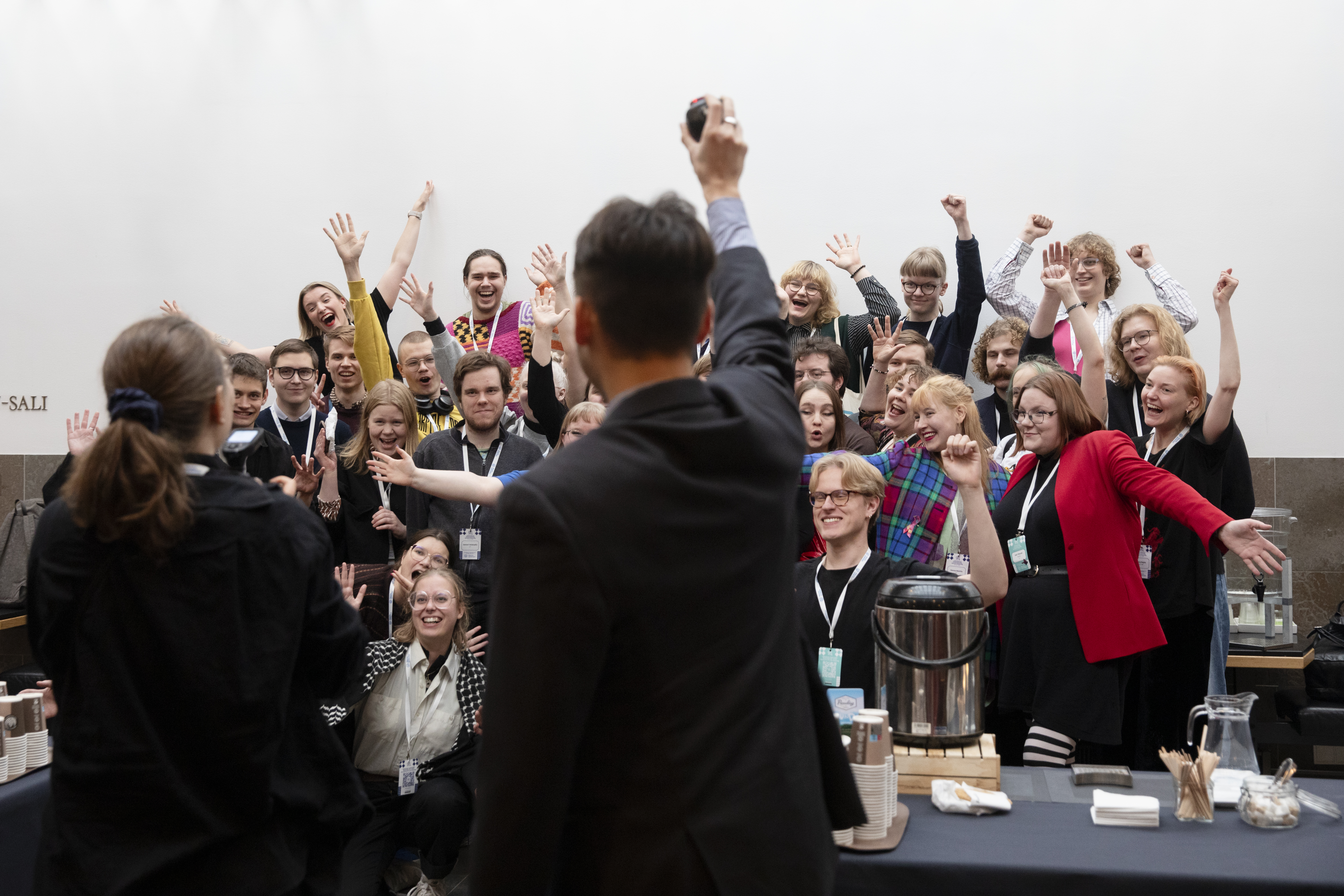
The next level are student unions, that work mainly at the level of universities, municipalities and cities.
At the top, there’s SYL. Its members are the Finnish student unions, and it represents all 140 000 Finnish university students in national politics. The Secretary General Tukia heads SYL in collaboration with a board that is elected each year.
”The student movement’s strength is that there have always been storms, big and small, and we have weathered them all.” – Roope Tukia
The political power of the 103-year-old SYL is reflected in the fact that the union and its alumni have been joked to be Finland’s biggest mafia, because it has produced so many political influencers. Past members of SYL include the prime minister Petteri Orpo (kok), commercial counsellor and the chair of the board of Tampere University Jorma Eloranta as well as president Tarja Halonen.
Despite this, the times seem grim for a student.
Defensive victories
The political climate is reflected in the fact that SYL’s representatives emphasise in interviews the importance of defensive victories for the union and the student movement.
“When presumably everything is at stake, it is important to defend what we already have,” says Aino Halinen, SYL’s board member responsible for social policy.
According to her, the board’s most important battles have related to YTHS and securing the funding of education, as well as improving the income of students.
“Universities didn’t get any cuts, which is quite something, when you think of the political situation.”
Also YTHS’s funding will be improved next year. The foundation gets about three quarters of its funding through KELA from the state, and this funding is based on the number of students within its services.

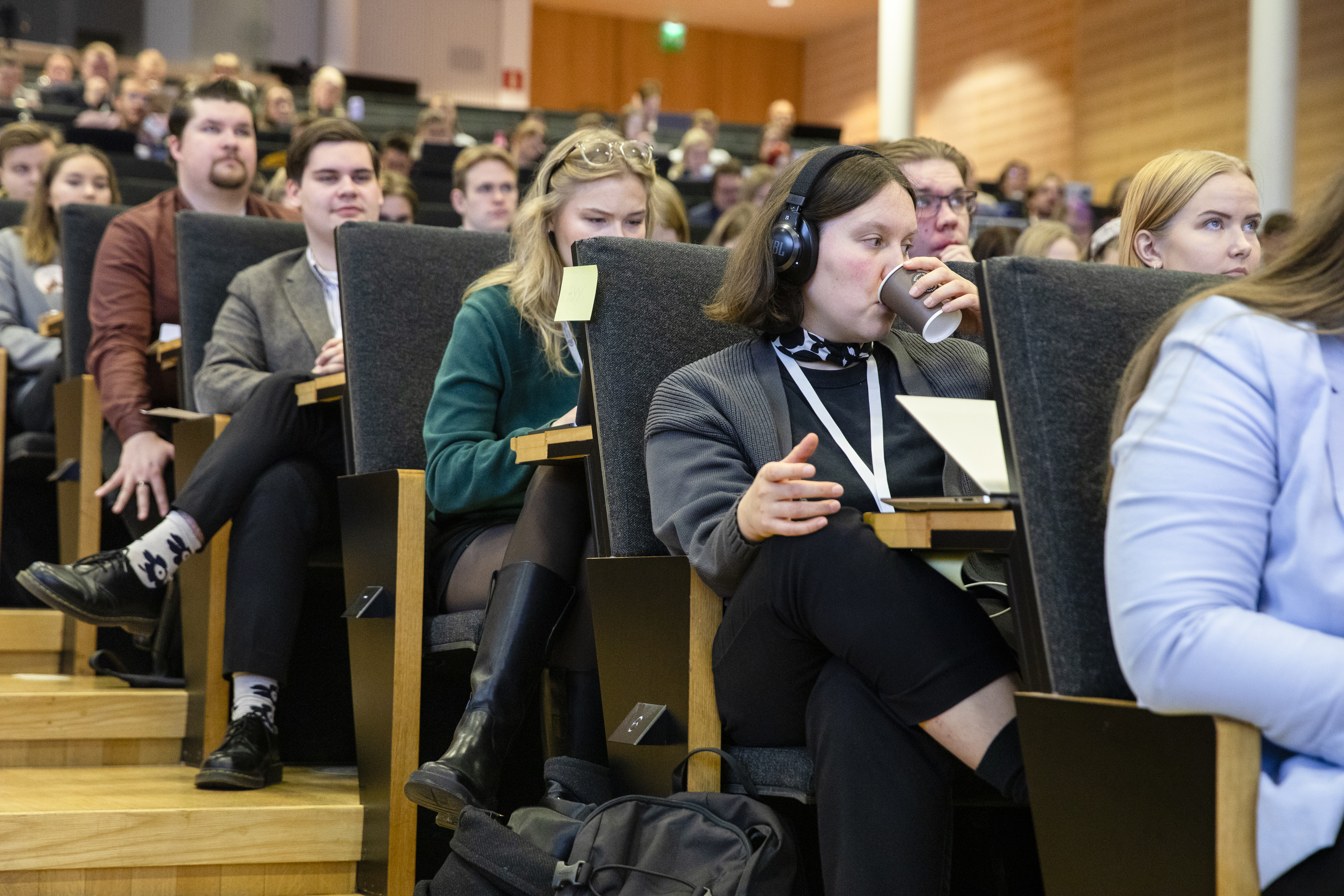
According to SYL’s newsletter, the calculation of the number of students has been unrealistic for a long time already. The Ministry of Social Affairs and Health has presented, that the estimated number of student used to calculate the funding be raised by 26 000 next year.
For students’ income, the situation is not as good. Next year, the students are planned to be moved from the general housing allowance into the housing supplement of the study grant, which according to SYL will create a 2300 euro dent in a student’s annual budget.
When the plan became public in the spring’s budget negotiations, SYL published a statement with the title “Not this shit again”. This is a major setback and a step backwards, as the transfer of students to the general housing allowance was a big win for SYL in 2017.
To compensate for the loss of income, the government has decided to increase the amount of student loans that can be taken. Even though the change was a shock for SYL, there was a defensive victory within the difficult situation.
“We got some small changes in there, for example the groupings of municipalities. There, we can see that the dialogue exists and that our expertise is wanted.”
Instead of a fixed, national level sum, the amount of housing supplement will vary based on the living costs around Finland.

Compulsory membership nears a solution
SYL believes that it can weather the fluctuations of the political cycle, but it also faces an existential challenge: the future of compulsory or automatic membership.
The Ministry of Education and Culture has carried out a study on how to resolve the conflict between student union membership and freedom of association. Studies about the issue have been made before, but this time it is written in the government’s programme.
The compulsory membership dates back to the late 19th century, when all university students were ordered by the Russian Emperor to become members of student unions.
The issue is the university students’ duty to be members of their student union. With the membership, all student unions also charge a membership fee. As an example, for TREY the fee is 65 euros for the ongoing academic year.
The student movement usually talks of automatic membership. According to Matti Muukkonen, a public law professor at the University of Eastern Finland whose doctoral thesis dealt with the topic, the correct way to describe the situation is to call it a compulsory membership, because it is not possible to resign from the Student Union should you want to.
The compulsory membership dates back to the late 19th century, when all university students were ordered by the Russian Emperor to become members of student unions. According to Muukkonen, the most important factor for the present study will be the role of YTHS.
“When the new Universities Act was decreed in 2010, the student union’s duties relating to student administration, study grants and student healthcare were increased,” he says.
These duties of the student unions that were written in law were used as the basis for the compulsory membership. The importance of the student union was therefore great enough to warrant an exception to the negative freedom of association, that is, the right not to be a member of an association.
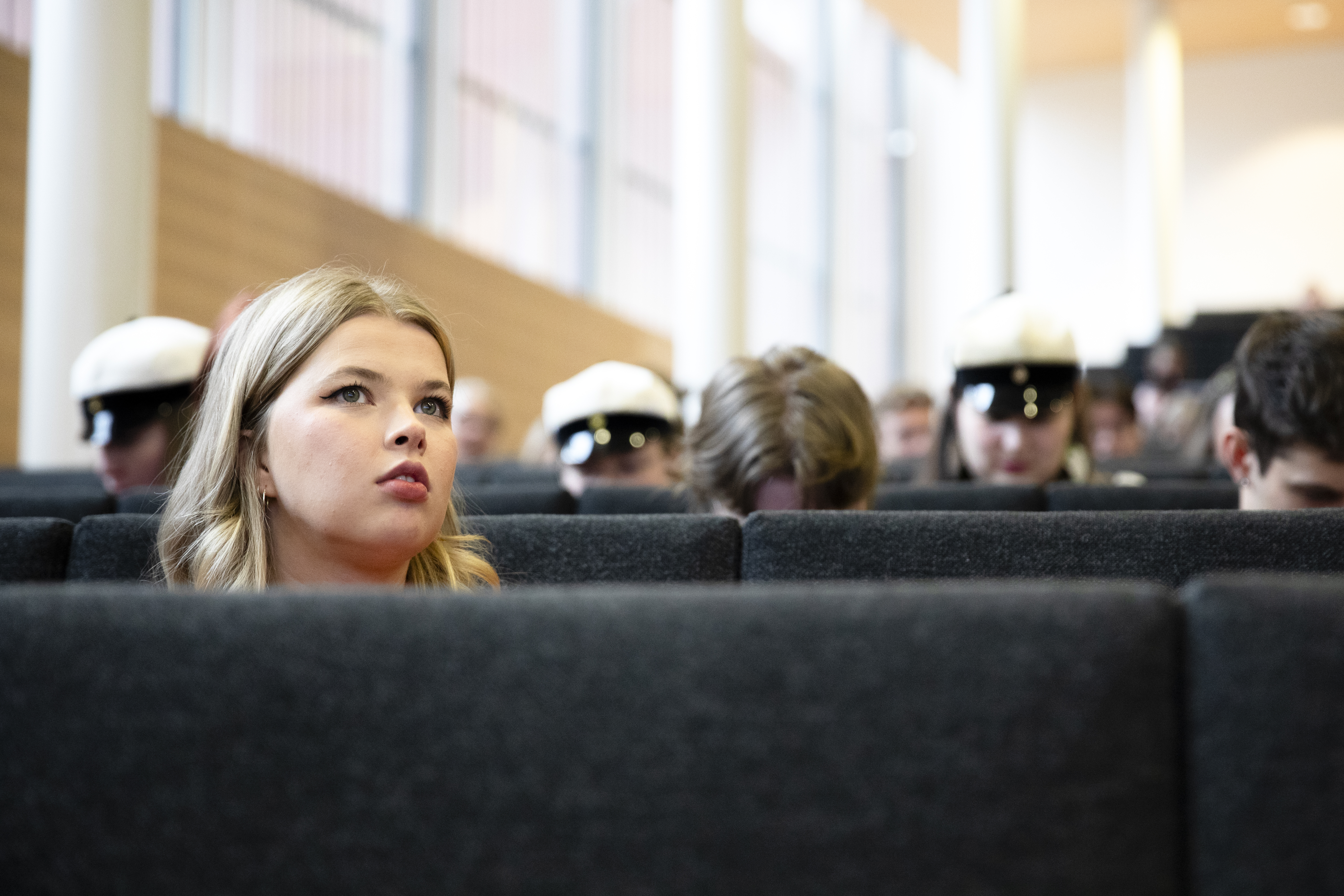
After the enactment of the 2010 Universities Act, the Constitutional Committee ruled that compulsory membership could not be imposed on students at universities of applied sciences because their students’ unions did not have the same role as student unions in organising student health care.
“Other duties were not enough to warrant a compulsory membership.”
In 2018, YTHS was reformed, which allowed students in universities of applied sciences to access its services, and the collection of student health care fees was transferred from the student unions to Kela. YTHS was therefore separated from the student unions, and Muukkonen says that this removed an important justification for the compulsory membership.
”Now it seems that compulsory membership will be dismantled and the purpose of the study is to find out how student unions can continue to operate when tax-like fees can no longer be collected from members.”
If implemented, the abolition of compulsory membership would probably reduce the resources of student unions and thus of SYL, as some students would not pay for the membership. For example, the corresponding umbrella organisation of students in universities of applied sciences, SAMOK, has six employees compared to SYL’s ten.
For individual student unions the change might be catastrophic. Jane Kärnä, secretary general of the Student Union of the University of the Arts Helsinki, told Kauppalehti in October that abolishing compulsory membership could even mean the end of the student union.
‘Nobody cares if you just complain’
At the General Assembly, the study about compulsory membership is not discussed much. In an interview with Visiiri, SYL’s acting president Akseli Tiitta’s answer is so similar to that of the Secretary General Tukia, that a communication strategy has undoubtedly been agreed upon in the union.
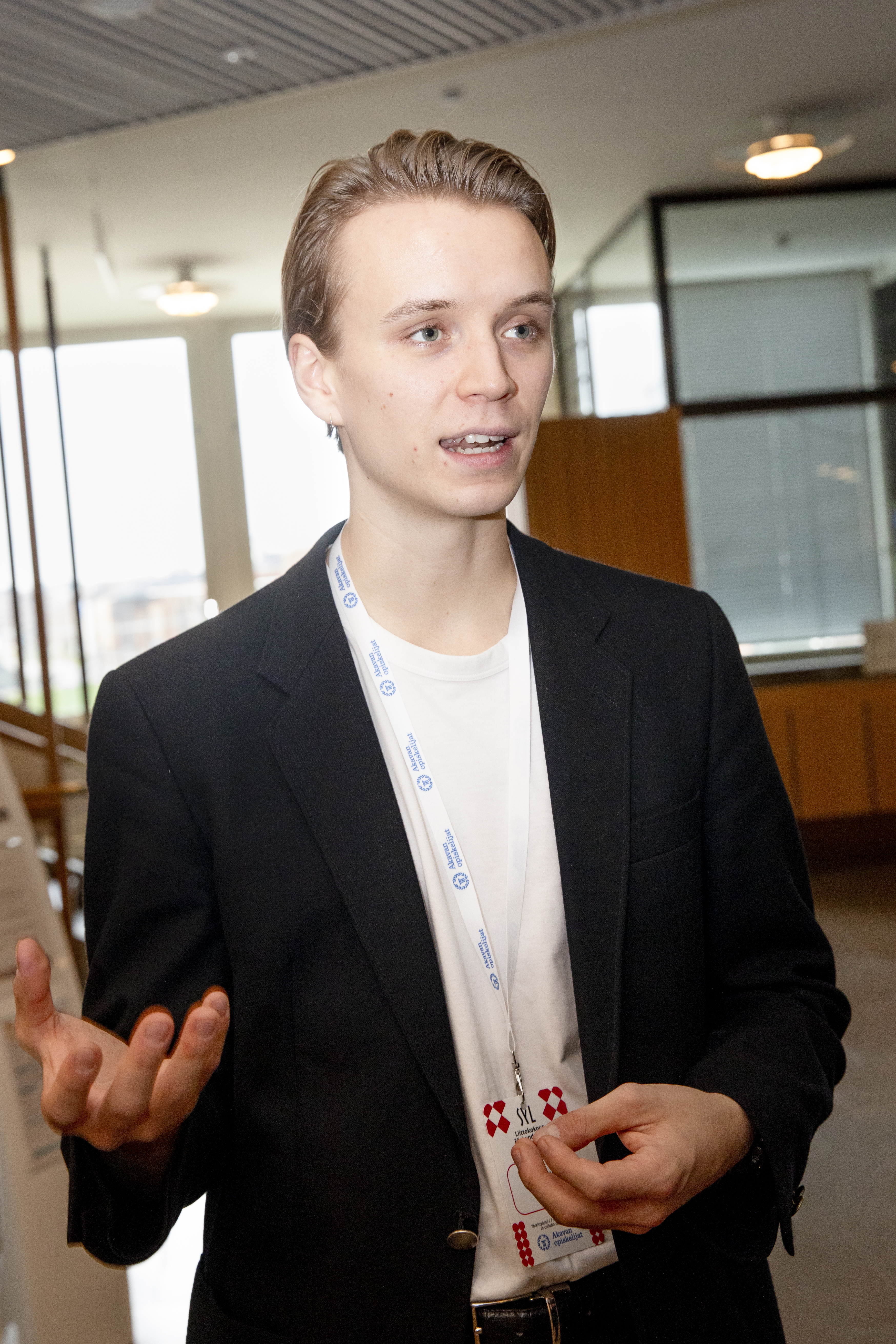
“We’ve made it through over 100 years and we will also make it in the future.”
In both his opening speech at the General Assembly’s political debate and in an interview, Tiitta emphasises the importance of long-term and solution-oriented advocacy.
“When I’ve talked with professional lobbyists and politicians, they often say that ‘nobody cares if you just complain.’”
Tiitta says that the most important thing is to offer solutions that the ministers and members of parliament can take forward. Right now, it’s challenging though, as the money isn’t there.
“Traditionally, the student movement’s goals have been quite big and far-sighted. At this moment, the key question is how we can adapt ourselves to the political situation and find the things that we can promote.”
Both big and far-sighted goals were, however, accepted in the General Assembly. Besides personnel choices, the biggest emotional reaction was caused by the approval of the call for academic boycott of Israel.
Tiitta says that the most important thing is to offer solutions that the ministers and members of parliament can take forward.
So, in the political arena, the traditional rules apply, but Secretary General Tukia calls for a broader political debate. There have been fewer statements in the debate section of the General Assembly. The meetings no longer have the kind of dialogue they did a few years ago.
“Discussions are very important for political sparring, and they take the movement forward,” Tukia says.
According to Tukia, one explanation for the decline in political debate can be found in the generational change that took place during the COVID pandemic, where some traditions were inevitably lost.
On the other hand, it can be a vicious cycle of sorts.
Even if SYL wishes for a livelier political discussion, at the same time the union’s office calls for restraint and emphasises the importance of realistic goals in advocacy. The way of thinking can find its way down to the student unions.
In such a difficult political environment, you have to ask, if SYL can afford to hold back the student movement and call for restraint, or if the union should lead the whole movement towards more aggressive advocacy work.

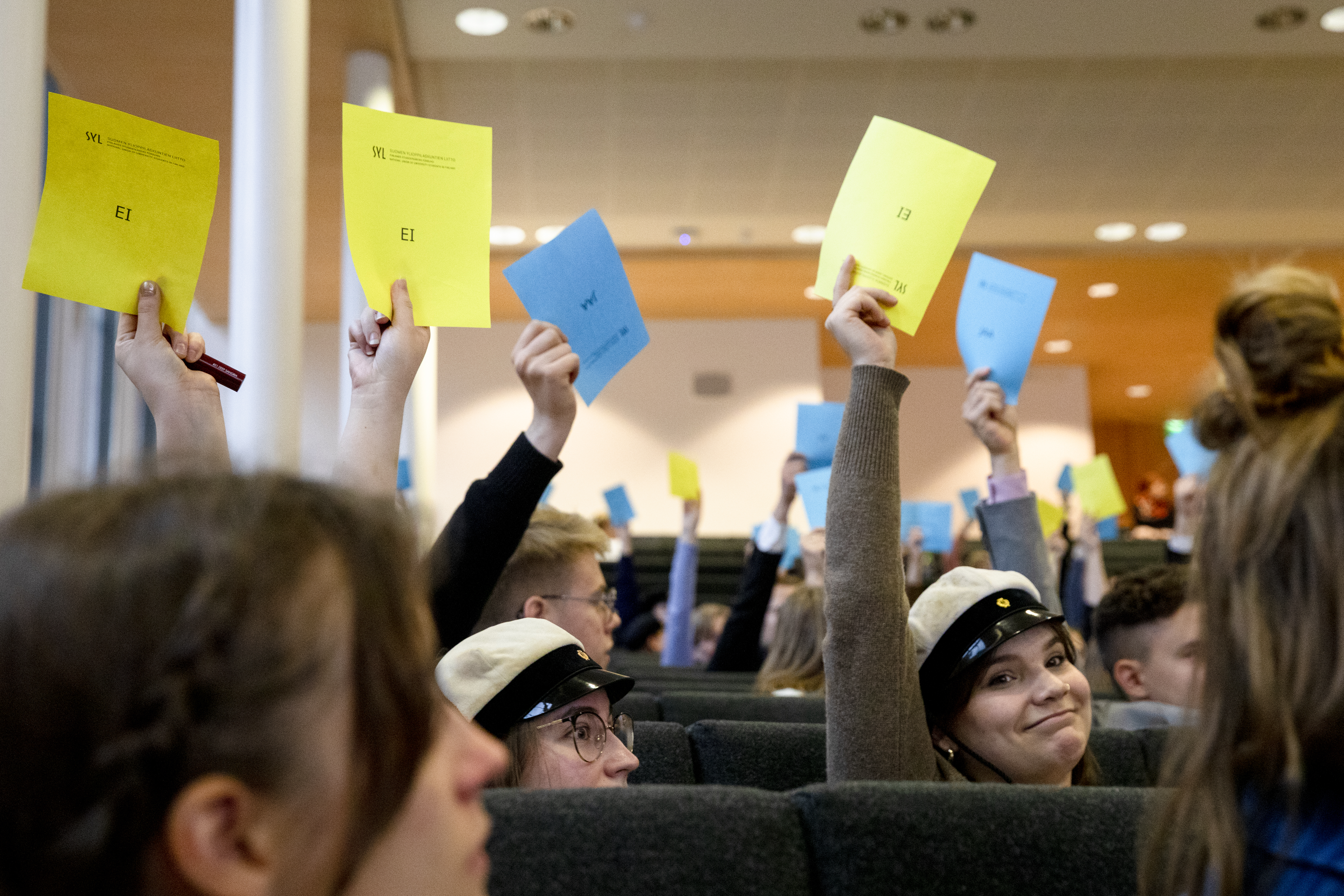
Influence put to test
In spite of all the problems that students are facing, the atmosphere in Otaniemi is relaxed and happy when the General Assembly ends on Saturday. Due to the lack of political discussions and quarrels in general, the meeting ends already at seven in the evening.
Also TREY’s Secretary-General Adam Zeidan is smiling, despite the disappointments the student union faced. TREY had candidates running for SYL’s president and board, but neither one was chosen.
“Of course it’s a pity for the candidates. They ran good campaigns, but when you come here, nothing is taken for granted.”
Zeidan enthuses that the General Assembly is a great place for young decision-makers to dream of a better future.
“That’s something that’s missing in public discussions. After this, I’m always feeling excited.”

Although the chair of the meeting, Eero Hiidenvuori, declared the meeting a cynicism-free zone, there is still a slight doubt in the back of my mind as to whether weathering this storm will be a cakewalk.
SYL’s influence will soon be measured when the results of the study about compulsory membership come in. The study was completed at the end of October, but at the time of writing, the schedule for the publication of the results is not yet clear.
It’s likely that SYL will have tried to influence the results of the study in all possible ways.
While the initiator of the study, the Science and Culture Minister Sari Multala (kok) is not an SYL alumni, Prime Minister Orpo is. This might be one explanation for why the people at SYL don’t seem worried about it. Or at least they don’t want to show that they are.
It seems that they know something at the core of the student movement that others don’t. Perhaps the biggest mafia in Finland will use this study for their benefit as well.